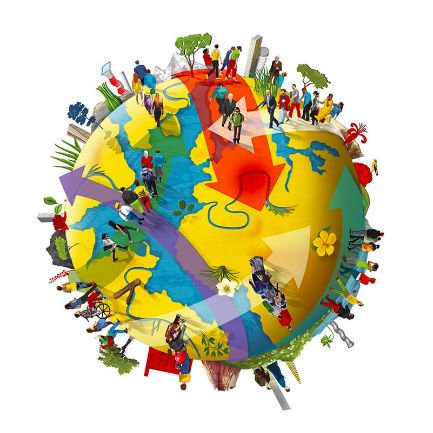Migration is a phenomenon that has always existed and has contributed to shaping the world we live in, our societies and our cultures. Literature and other artistic forms play a part in the representation of people on the move and are a privileged locus for the expression of migratory experiences. Artistic creation – whether through words or images – allows the articulation of complex emotions and effects that accompany migration. In this course we will analyze a selection of literary and visual artworks, and explore how they engage with migrants and migration, whose point of view they offer and how they (re)present it. Who are migrants – exiles, refugees, asylum seekers? Why and how do they leave their homes behind and cross borders? How does migration transform their identity and how do they practice homemaking in diaspora and across generations? What aesthetic techniques are used to recreate, so as to convey its complexity, the migratory experience?
This course brings together different narrative genres across time and space, and will cover topics such as loss, nostalgia, plurilinguism and hybridity, identity, belonging, assimilation, home and homelessness, violence and conflict, borders and barriers, hospitality, memory, family, transformation and reconciliation.

- Opettaja
Marta Cenedese